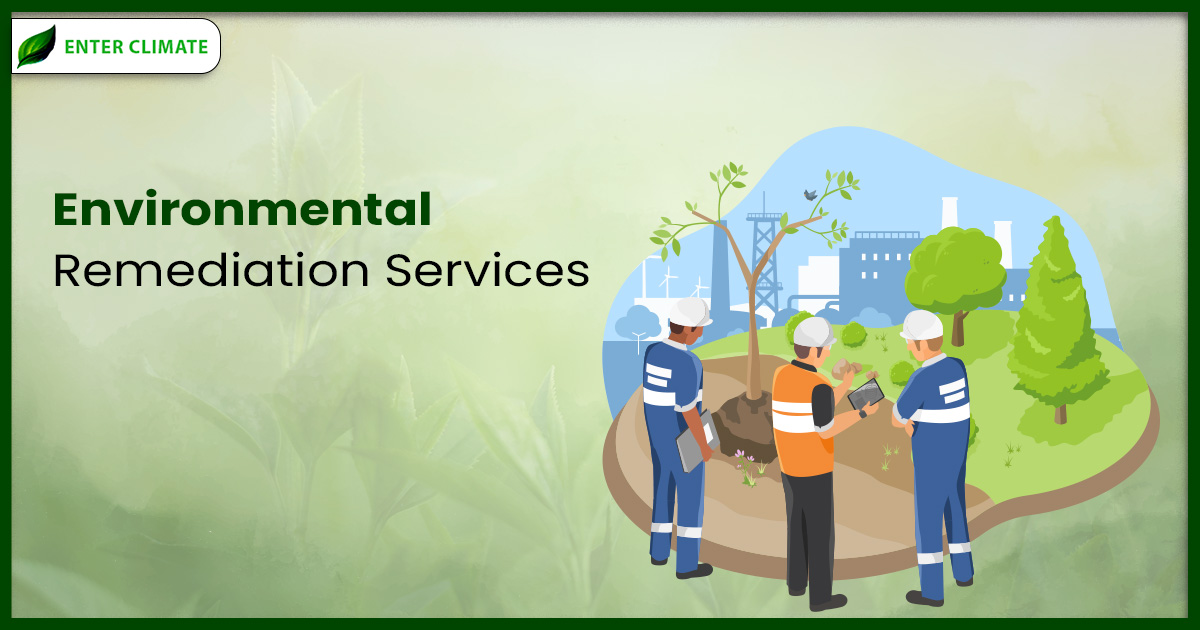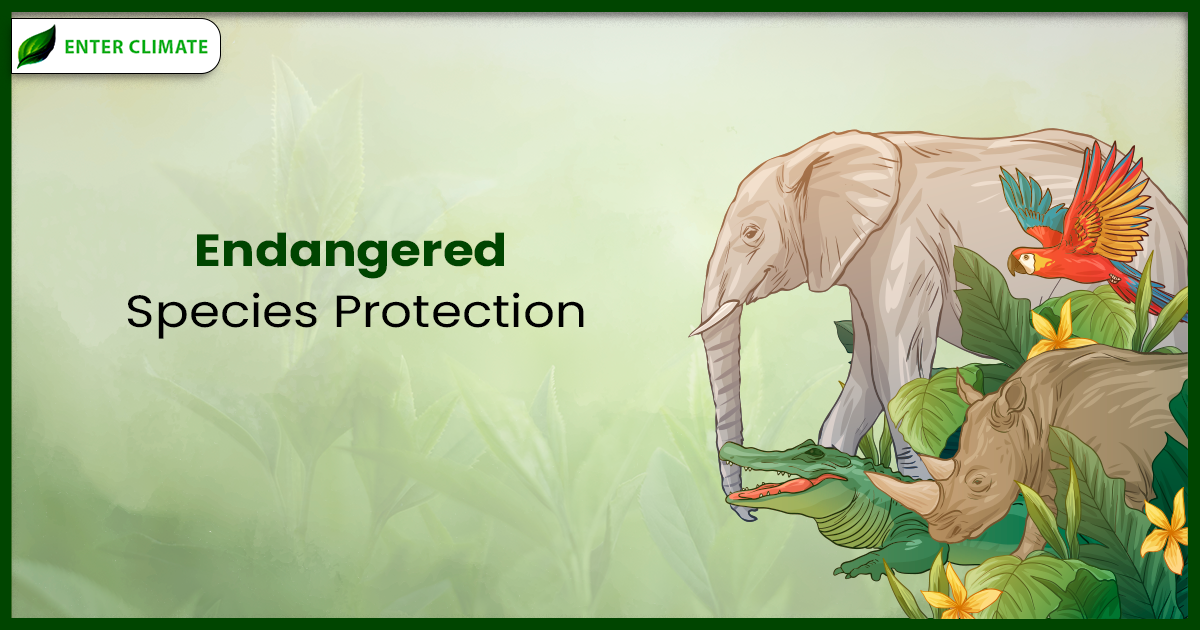Scope of Corn-Based Biodegradable Plastic Polymer Manufacturing Business
 30 Jun, 2023
30 Jun, 2023 
According to Rule 3 (ac) of PWM Rules, biodegradable plastics are defined as plastics, excluding compostable plastics, that undergo natural degradation in terrestrial or aquatic environments without leaving any pollutant, visible residue, or toxic residue that can harm the environment. These plastic alternatives conforms with the standards set by the Bureau of Indian Standards and are certified by the Central Pollution Control Board. By using corn, we can create 100% natural biodegradable plastic that decomposes within a few months. This new type of Biodegradable Plastic Polymer Manufacturing is better for the environment and more cost-effective than traditional plastics. Moreover,this material is entirely natural and has no negative environmental impact.
Uses and Applications of Biodegradable Plastic Polymers
Using corn to produce biodegradable plastic polymer, which can be utilized for packaging and various products, represents an innovative approach. This type of polymer is manufactured using renewable resources, altogether avoiding the use of fossil fuels and the emission of greenhouse gases. Furthermore, it possesses the advantage of being biodegradable, meaning it will naturally break down without leaving any harmful residues within a year. The potential impact of plant-based bioplastic[1] on society is significant. It positively affects the environment and our daily lives as we reduce our reliance on single-use plastic bags.
Manufacturing Process of Biodegradable Plastic Polymers
The initial step to start a Biodegradable Plastic Polymer Manufacturing from Corn involves producing corn as the raw material. Next, a catalyst is added to ensure the homogeneity of the degradable polymers. The material is subjected to high pressure before being introduced into the reactor. The resulting product is PMR, which is the foundation for biodegradable plastic. In the third step, binders, colours, and other additives are incorporated into the polymers to produce finished products such as biodegradable films, bags, and bottles. Finally, the completed items are packaged and made ready for sale.
Benefits of Starting Biodegradable Plastic Polymer Manufacturing from Corn
- Manufacturing costs are less than petroleum-based plastic manufacturing, making it more affordable.
- Designed for single-use purposes and biodegrades naturally.
- Utilizes renewable resources, reducing our dependence on fossil fuels, especially oil. This substantially benefits our society, economy, and environment by conserving energy.
- It also helps address the global concern of excessive landfilling.
- Provides superior environmental advantages compared to other materials.
- Enhances soil quality and fertility by slowly releasing nitrogen.
- Its high compressive strength allows for the creation of various items like toys, containers, and utensils.
Market Size of Biodegradable polymer plastic products in India
The market for Biodegradable Plastic Polymer Manufacturing is estimated to grow at a compound annual growth rate (CAGR) of 11.49% from 2018 to 2026. Several factors, including the increasing eco-awareness among consumers, regulatory mandates, corporate sustainability initiatives, technological advancements, and cost-saving measures, influence the bio-plastics market in India. The proliferation of non-biodegradable polymers, mainly PET (polyethene terephthalate) and PE (polyethene) derived from bio-based materials, significantly contributes to this trend. However, there is a gradual increase in the production and income of biodegradable polymers such as polyhydroxyalkanoates, polylactic acid, and polylactide (PLA). The packaging sector is witnessing a higher utilization of polyethene and polyethene terephthalate, leading to a greater demand for non-biodegradable plastics. The need for alternative products and limited consumer awareness hinder market expansion.
Several factors contribute to the expansion of this market, including:
- Increased output of raw materials.
- Ease of sourcing bio-based raw materials for biodegradable polymer production.
- Focus on proper management and disposal of plastic waste.
- Legislative efforts to encourage reduced usage of petroleum-derived polymers.
- Growing demand for environmentally friendly packaging materials.
- Diverse applications for biodegradable plastics.
- Global trend favouring environmentally friendly products.
Government support for sustainable purchasing practices and the superior qualities of Biodegradable Plastic Polymer Manufacturing is the primary driving force behind the global biodegradable plastic industry.
Application
The application procedure is as follows:
- Manufacturers or sellers of Biodegradable Plastic Polymer Manufacturing can apply to the Central Pollution Control Board (CPCB) for registration using Form-A (Manufacturer) and Form-B (Seller), along with the required documents, which are mentioned in the next section below.
- Until an online portal is established, the application and digitally signed documents should be submitted via email in the official email.
- Upon receiving the application, CPCB will send a confirmation email to the applicant within three working days.
Licences and Documents Required
Documents required for Certification for manufacturers and sellers of Biodegradable Plastic Polymer Manufacturing are as follows:
Manufacturers
The following documents are required for the Certification of a biodegradable plastic manufacturer:
- Company’s PAN (Permanent Account Number) and GST (Goods and Services Tax) details.
- Aadhar card of the authorized person.
- Process flow diagram.
- Consent documents issued by State Pollution Control Board (SPCB) or Pollution Control Committee (PCC) under Air/Water Act.
- Registration certificate issued by the concerned SPCB/PCC for producing biodegradable carry bags or commodities, as per Rule 13(i) of the Plastic Waste Management Rules, 2018.
- Geo-tagged pictures of the storage area for raw materials, production area, and product dispatch area.
- Geo-tagged pictures of the plant machinery.
- Copy of the electricity bill.
- Document providing details of pollution control measures.
- Documents supporting the procurement of raw materials, such as tax invoices.
Sellers
The following documents are required for the Certification of a seller:
- Company’s PAN and GST details.
- Aadhar card of the authorized person.
- Copy of the registration issued by the concerned SPCB/PCC to the certified manufacturer approved by the Central Pollution Control Board (CPCB).
- Copy of the certificate issued by the CPCB to the respective manufacturer.
- The manufacturer issued an authorization letter to the seller.
- Test reports according to Indian Standards IS/ISO 17899:2022.
- Compliance with the Recognition Scheme, 2020, of the Bureau of Indian Standards or laboratories accredited by the National Accreditation Board for Testing and Calibration Laboratories (required only for importing biodegradable carry bags/commodities).
- Import Export Code (IEC) (required only for the import of biodegradable carry bags/commodities).
Conclusion
Biodegradable Plastic Polymer Manufacturing from Corn offer a promising alternative to traditional plastics derived from fossil fuels. Through a process known as fermentation, corn is converted into lactic acid, which is then polymerized to create a biodegradable plastic called polylactic acid (PLA). PLA exhibits similar properties to conventional plastics but possesses the unique advantage of being compostable under specific conditions. This environmentally friendly manufacturing process reduces greenhouse gas emissions and dependence on non-renewable resources, making corn-based Biodegradable Plastic Polymer manufacturing an attractive solution to the global plastic waste problem. Furthermore, using corn as a renewable feedstock contributes to developing a more sustainable and circular economy. While challenges remain, such as cost-effectiveness and scalability, ongoing research and technological advancements continue to enhance the viability of bio-degradable plastics made from corn, paving the way for a greener and more sustainable future. While registering for a business dealing with Biodegradable Plastic Polymer Manufacturing, it is recommended to take expert consultation to comply with all the procedural requirements and obtain a license in a hassle-free way.
FAQ
The process of preparing the biodegradable polymer includes poly-condensation, a polyhydric alcohol monomer which has a secondary hydroxyl functional group, and an acid monomer having a dicarboxylic group in the presence of an enzyme catalyst.
The method of preparing biodegradable polymers includes polycondensing a polyhydric alcohol monomer with a secondary hydroxyl functional group and an acid monomer with a dicarboxylic group in the presence of the enzyme catalyst.
Biodegradable synthetic polymers can be made by synthesizing polymers with hydrolytically unstable linkages in the backbone.
Bioplastics production is usually synthesized via biological pathways such as polyhydroxyalkanoates (PHA) using microbial processing of bio-based materials such as fatty acids via different types of bacteria.
Biodegradable plastics are formed from the fermentation of sugar or canola oil to produce Polylactic acid (PLA) or Polyhydroxyalkanoates (PHA), converted into biodegradable plastics.
Bioplastics are made by converting the sugar present in plants into plastic.
Biodegradable plastic will biodegrade in a compost site. Microorganisms break it down into carbon dioxide, water, inorganic compounds and biomass at the same rate as other organic materials in the compost pile, leaving no toxic residue.
This is made by extracting sugar from plants like sugarcane and field corn and is often seen in plastic bottles, utensils, and textiles. The alternative production is PHA or polyhydroxyalkanoates. This can be used in a broader range of applications.
The process of biodegradation is threefold: first, an object undergoes biodeterioration, which is the mechanical weakening of its structure; then follows bio fragmentation, which is the breakdown of materials by microorganisms; and finally, assimilation, which is the incorporation of the old material into new cells.
There are many sources of biodegradable plastics, from synthetic to natural polymers. Natural polymers are readily available from renewable sources, while synthetic polymers are produced from non-renewable petroleum resources.
Read our Article: Manufacturing Bio-Degradable Cutlery From Sugarcane Bagasse: Upcoming Business For Green India













